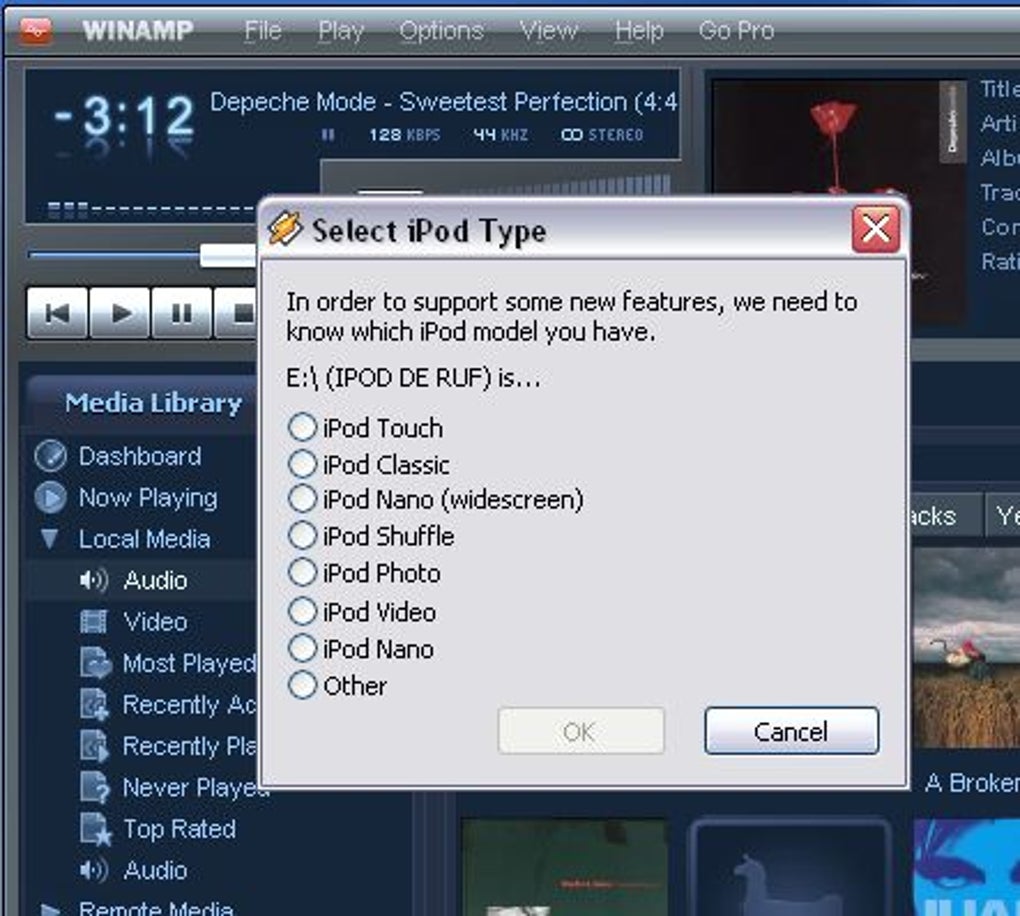

- #Opc ua server free install
- #Opc ua server free windows 10
- #Opc ua server free software
- #Opc ua server free code
Next, copy the value of Connection Address (UA TCP). Once it's ready, the Server Status should show as Running. It may take a few moments for the OPC UA Server to start.
#Opc ua server free install
Once the download and install are completed, launch the server. Install OPC UA simulation softwareįrom your new Windows virtual machine, install the Prosys OPC UA Simulation Server. You may want to consider other security strategies for your environment.Ĭollect the Public IP value to use in the next step.įinish the VM setup. Opening all ports to the internet is not recommended for production solutions, as it can present a security risk. You can do so in the Networking tab of virtual machine setup. For simplicity in this walkthrough, you can open all ports and assign the VM a Public IP address. Your VM must be reachable over the internet.
#Opc ua server free windows 10
Image: Windows 10 Pro, Version 2004 - Gen2.Availability options: No infrastructure redundancy required.Using the Azure portal, create a Windows 10 virtual machine (VM) with the following specifications:
#Opc ua server free software
The Prosys Software requires a simple virtual resource. If you already have a physical OPC UA device or another OPC UA simulation server you'd like to use, you can ahead to the next section, Set up IoT Edge device. Instead, you can install the free Prosys OPC UA Simulation Server on a Windows VM to generate the OPC UA data.

This section will walk through a brief setup of each.įor more detailed information on installing each of these pieces, see the following resources: Here are the edge components you'll set up, in this order: The first step is getting the devices and software set up on the edge. The platform that enables you to create a digital representation of real-world things, places, business processes, and people.Ī custom Azure function is used to process the telemetry flowing in Azure IoT Hub to the proper twins and properties in Azure Digital Twins. From there, you can process the data through an Azure Function and into Azure Digital Twins. OPC Publisher sends the OPC UA telemetry into Azure IoT Hub. This module connects to your OPC UA Server and sends the node data into Azure IoT Hub. This component is an IoT Edge module built by the Azure Industrial IoT team. It's required for the OPC Publisher module to run and send data to IoT Hub. IoT Edge is an IoT Hub service that gets installed on a local Linux gateway device. OPC UA Server from ProSys or Kepware to simulate the OPC UA data. Here are the components that will be included in this solution. You can download the latest version of Visual Studio from Visual Studio Downloads. zip, be sure to unzip it and extract the files.ĭownload Visual Studio: This article uses Visual Studio to publish an Azure function.
#Opc ua server free code
You can select the Code button for the repo to either clone the repository or download it as a. Start by downloading the sample repo onto your machine. Prerequisitesīefore completing this article, complete the following prerequisites:ĭownload sample repo: This article uses a DTDL model file and an Azure function body from the OPC UA to Azure Digital Twins GitHub Repo. If you're interested in generating DTDL models from OPC UA data, visit the UANodeSetWebViewer and OPCUA2DTDL repositories. It only addresses getting the telemetry from your OPC UA Server into existing Azure Digital Twins. This article does not address converting OPC UA nodes into DTDL.


 0 kommentar(er)
0 kommentar(er)
